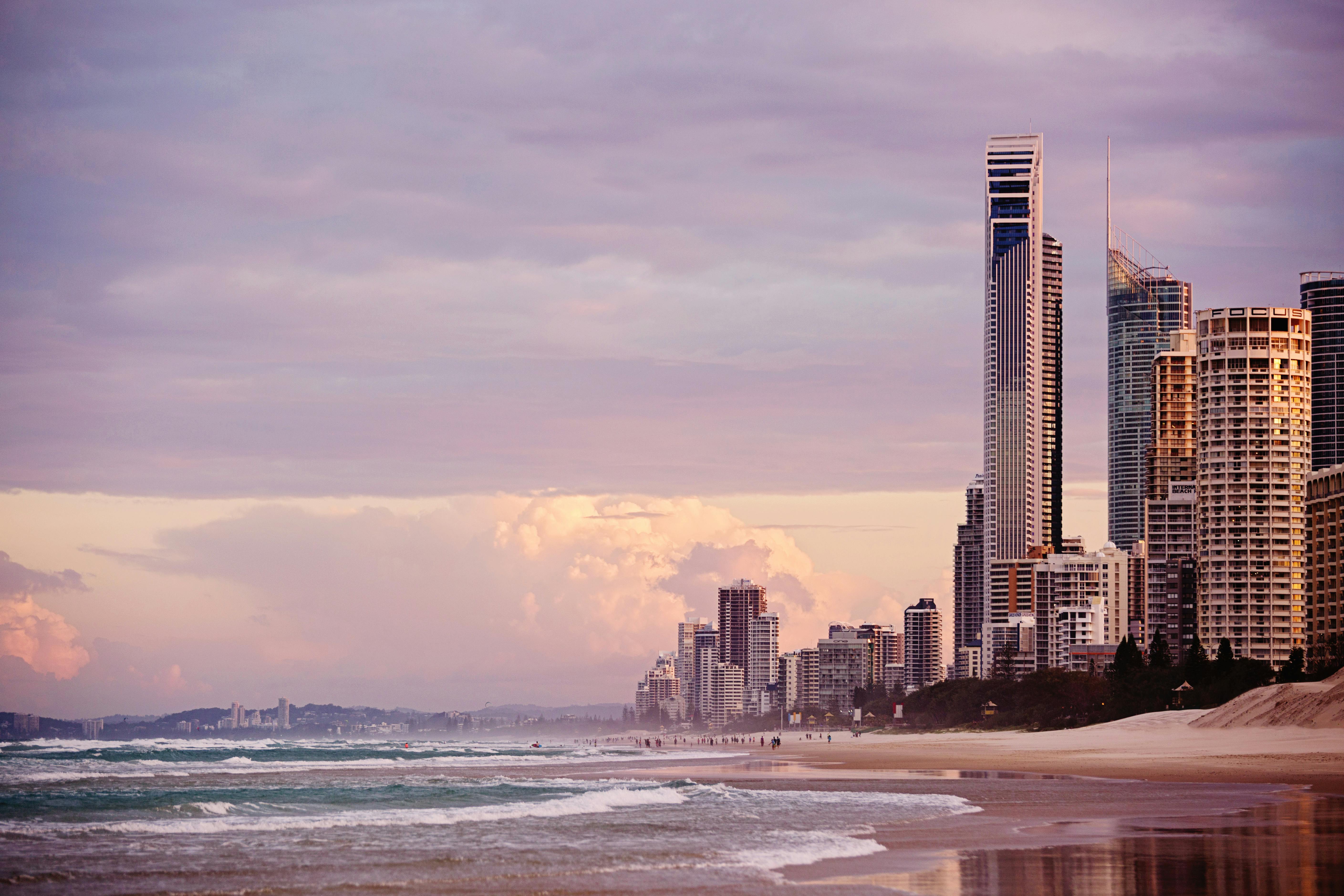The Blasket Islands are a group of islands off the west coast of County Kerry, just a few miles from Dingle. No visit to Dingle would be complete without a day trip to the Blasket Islands. Currently there is no one living on the islands but they were inhabited until 1953 when the remaining inhabitants were evacuated. Many moved to the mainland, but many others migrated to the United States, where the Blasket Islanders had gone for many years before. Their descendants can still be found in parts of the US, particularly Springfield Massachusetts.
The islanders spoke Irish as their main language; in fact, very few could speak English and they became the subject of various linguistic and cultural studies in the late 19th and early 20th centuries. These studies encouraged some of the islanders to record some of the rich oral tradition of storytelling that existed and some of these works have become classics in the Irish language and are well known and respected internationally in their translation into numerous languages. The most famous of these writers are Tomas O Criomhthain who wrote An tOileanach (The Man from the Island), Peig Sayers who wrote “Peig” and Muiris O Suilleabhain (Maurice O’Sullivan) who wrote Fiche Blian ag Fas (Twenty Years of Growth ). These works portray the harsh reality of life on the island, but also the humor and courage that people used to overcome the tragedy.
The Blasket Islands are sometimes called Next Parish America because they are the westernmost point of Ireland, with nothing but the Atlantic Ocean between them and America.
The main islands of Blaskets are:
Great Blasket Island, which is the largest and contained most of the population, Beginish, Inishnabro, Inishvickillane, and Inishtuaisceart.
In more recent times, Inishvickillane was owned by Irish Prime Minister Charles J. Haughey, who used it as a vacation home.
Great Blasket’s population was only 176 at its peak and it is surprising that such a small population can produce such a volume of literary work, tradition and folklore. Undoubtedly the life of constant deprivation, isolation, danger and the daily struggle against the elements gave rise to a rich collection of songs and stories that were told and re-told daily and passed down from generation to generation.
Sadly, life on the island, which was sustained by fishing, growing potatoes and some crops and raising some sheep, became too difficult and the islands are now a monument to a tough and resilient people that no longer exist. as a community.
Today visitors to the islands can experience the beauty of the place for themselves, see the ruins of the houses where these people lived, and feel the echoes of the past.
Great Blasket Island is a hiker’s paradise with many interesting sights such as An Tra Ban (White Strand), Seal Cove where you can find a large colony of gray seals and you can enjoy great views of the other islands in the archipelago. At the southern end of the Great Blasket you can see common and bottlenose dolphins, porpoises and minke whales, and occasionally basking sharks foraging around the rocks.
Bird watchers can see gannets and choughs and may even catch a glimpse of a white-tailed eagle that has recently been reintroduced to Kerry.
There are several ferries available from various locations, including Dingle and Dunquin. Visitors wishing to go to the Blasket Islands can find hotel and bed and breakfast accommodation on the Stay in Kerry website.




